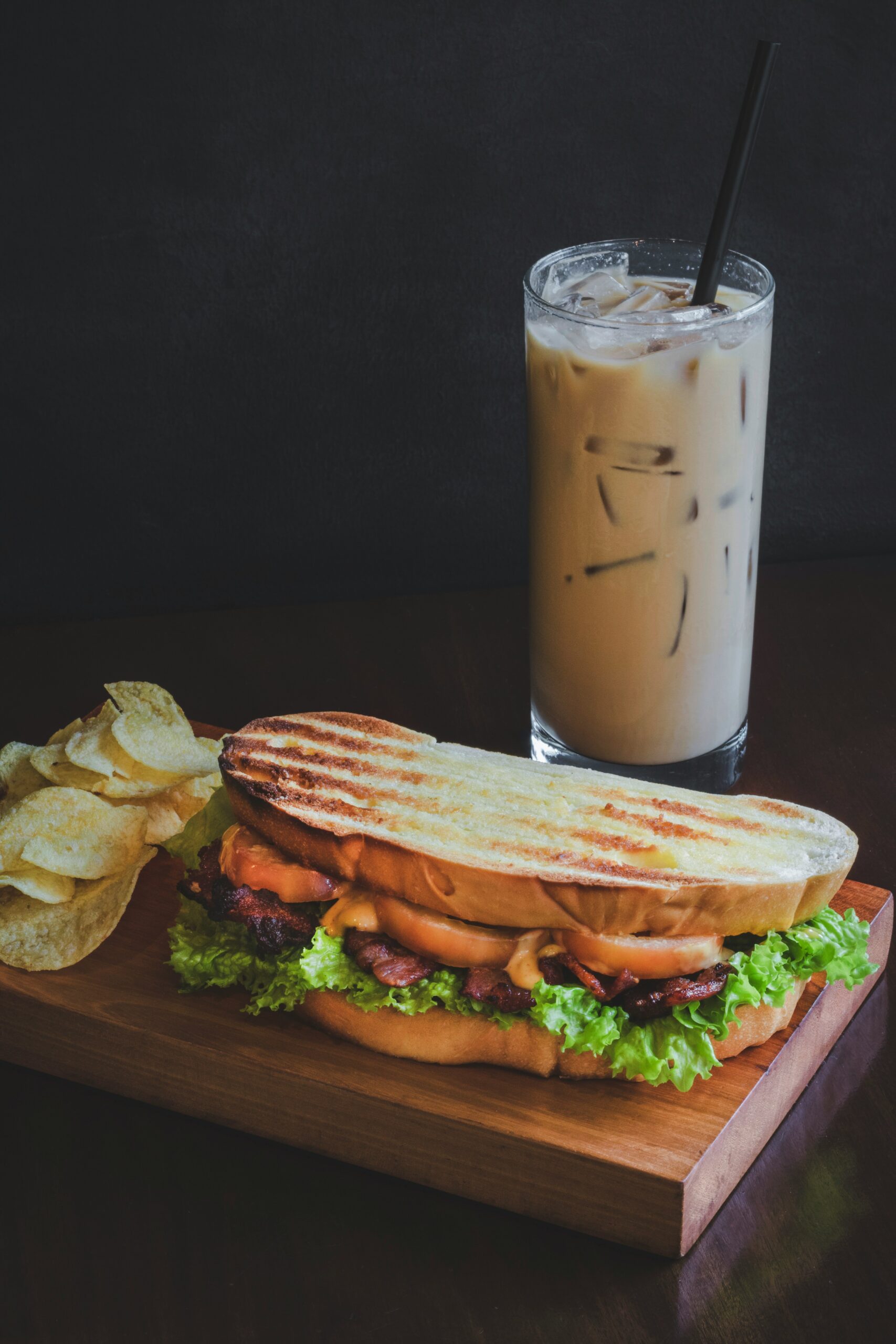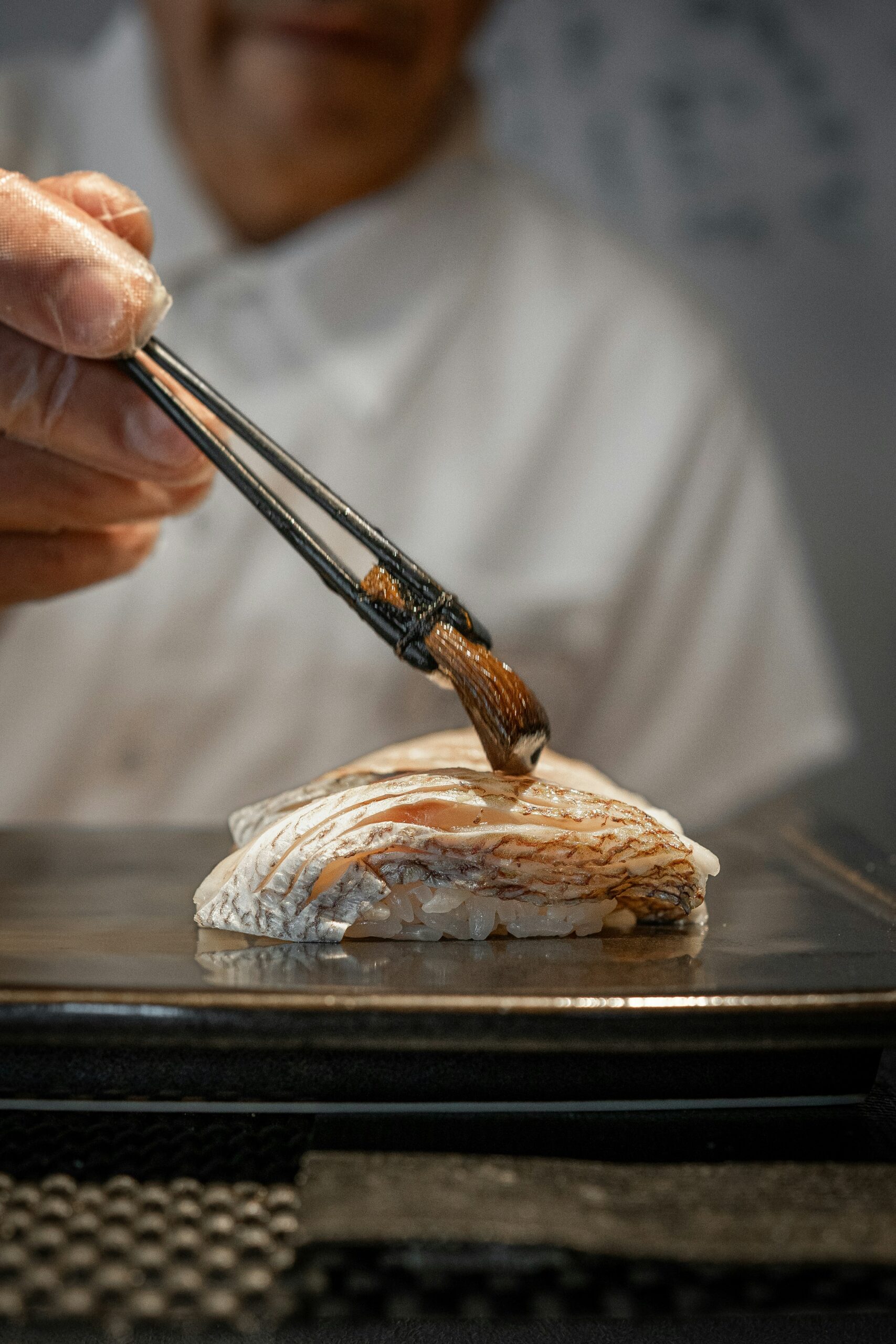Understanding the Basics of Food and Wine Pairing
Food and wine pairing is an intricate art that encompasses not just the flavors of the dishes and beverages but also the underlying principles that govern them. At the heart of this practice is the importance of complementary flavors, which harmonize the overall dining experience. When selecting a wine, one must consider its acidity, sweetness, and tannins, as these elements play a critical role in how well the wine interacts with various food components.
Acidity in wine can greatly enhance a meal, particularly when paired with foods rich in fat. For instance, a crisp Sauvignon Blanc complements a creamy seafood dish due to its lively acidity, which cuts through the richness. On the other hand, sweeter wines can balance spicier dishes; a well-chosen Riesling often serves as an excellent counterpart to spicy Asian cuisine. Understanding the body of a wine—whether it is light, medium, or full-bodied—also influences pairing decisions. Full-bodied wines, such as Cabernet Sauvignon, often suit hearty meats, whereas light-bodied wines, like Pinot Grigio, pair well with lighter fare.
Another essential concept in food and wine pairing is ‘terroir,’ which refers to the geographical factors that affect the taste of the wine, including soil, climate, and vineyard practices. This aspect fosters appreciation for regional cuisine, as wines are frequently designed to complement local dishes. Personal preference is paramount in the art of pairing; individuals may find joy in unconventional pairings that align with their unique tastes. Additionally, cultural influences can impact one’s choices, as traditions may dictate specific wine pairings with traditional dishes.
By grasping these fundamental principles, enthusiasts of food and wine can approach their culinary experiences with a newfound appreciation for the robust interplay between what’s on the plate and in the glass.
Classic Pairing Techniques: Tried-and-True Combinations
Food and wine pairing is an art that has evolved over centuries, with various techniques rooted in tradition and culinary science. One of the most basic principles is that red wine typically complements red meat, while white wine is often served with seafood. This foundational rule is based on the idea that the robust flavors of red meats match well with the tannins found in red wines, enriching the overall dining experience. Conversely, the lighter textures and flavors of seafood pair seamlessly with the acidity of white wines, enhancing both the dish’s and the wine’s characteristics.
Another time-honored technique involves considering the region of origin for both the food and the wine. For instance, dishes featuring creamy sauces often harmonize beautifully with a Chardonnay, particularly those that come from the same geographical regions as the wine. This principle holds true for various foods and their corresponding wines, as local elements tend to have evolved side by side, creating harmonious pairings in taste.
For beginners looking to recreate these classic combinations at home, it is advisable to start with simple dishes that highlight both the food and wine. A classic pairing such as grilled salmon and a crisp Sauvignon Blanc showcases the wine’s acidity against the richness of the fish, making it accessible for those new to food and wine pairing. Additionally, when considering cheese, red wines like Merlot often pair well with mild cheeses, while white wines could suit stronger varieties like blue cheese due to their sweetness. These established pairings not only celebrate traditional techniques but also provide a starting point for further exploration in the vast world of culinary delights.
Exploring Bold Flavor Matches: Beyond the Basics
Advancing beyond conventional food and wine pairings opens a world of culinary possibilities that can elevate the dining experience. By embracing bold flavors, both in dishes and their accompanying wines, one can craft unique pairings that stimulate the palate and transform a meal into an extraordinary event. Many traditional guidelines suggest pairing light-bodied wines with delicate dishes and robust wines with hearty meals; however, exploring adventurous combinations can reveal exceptional contrasts that surprise and delight.
For instance, spicy foods, such as those found in Thai or Indian cuisines, often pair exceedingly well with aromatic wines like Gewürztraminer or Riesling. The sweetness and floral notes in these wines complement the heat and complexity of spices, creating a harmonious balance that enhances each component’s flavor. When engaging with rich, savory dishes like braised lamb or duck confit, robust red wines such as Syrah or Cabernet Sauvignon can provide a rich backdrop, allowing the meal’s flavors to shine without overwhelming the palate.
Experimenting with unconventional pairings encourages creativity. One guideline is to evaluate the intensity of flavors, ensuring that neither the food nor the wine outshines the other. Additionally, contemplating texture is critical; a creamy dish may benefit from a sparkling wine that cuts through richness, while a fresh salad might be complemented by a crisp, mineral-driven white. It is important to avoid clashes by steering clear of overly tannic wines with delicate seafood, as these can create a bitter aftertaste that detracts from the enjoyment.
Ultimately, the journey of exploring bold flavor matches is an invitation to think outside the constraints of tradition. This adventurous approach not only enhances the culinary experience but also fosters a deeper appreciation for the artistry involved in food and wine combinations.
Putting It All Together: Creating Your Own Pairing Menu
Creating a culinary experience that highlights the art of food and wine pairing can be a fulfilling endeavor. To begin this process, establishing an overall theme is essential. This could involve selecting a specific cuisine such as Italian or Mediterranean, which will guide your selection of dishes and complementary wines. A cohesive theme not only enhances the dining experience but also makes the menu planning process smoother.
Once you have chosen a theme, the next step is to curate a selection of courses. Start with appetizers that are light and are typically served with crisp, white wines or sparkling options. For instance, pairing bruschetta with a Sauvignon Blanc accentuates the fresh flavors of the tomatoes. As you progress to the main course, consider richer dishes that can stand up to a more robust wine selection. For example, a classic lasagna could be beautifully complemented by a Chianti. Remember that the body and flavor intensity of the wine should match the dish to create harmony on the palate.
Desserts can present a variety of pairing opportunities as well, often requiring a sweet wine to balance richer flavors like chocolate or fruit. A rich chocolate cake could be paired well with a full-bodied Port or a fruity red blend to elevate the dessert experience.
Additionally, it is crucial to consider the serving temperatures of both food and wine. Whites are generally best served chilled, while reds should be slightly below room temperature. Proper temperature control maximizes the flavor profiles and enhances the overall culinary experience.
By thoughtfully selecting each course and corresponding wine, you can create a well-rounded menu that delights your guests, showcasing your newfound knowledge of food and wine pairing.


